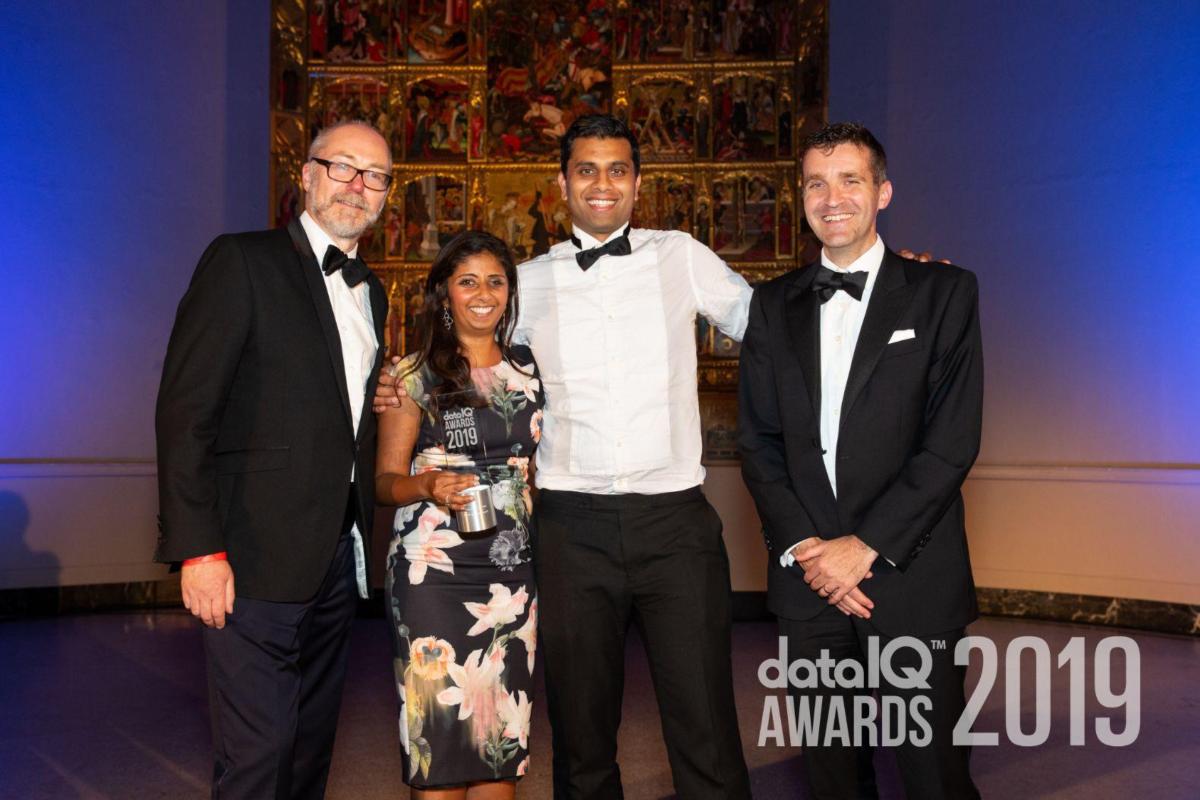JCURV's supermarket sweeping transformation
Payal Jain of JCURV scooped the Transformation with Data prize at the DataIQ Awards in the summer. The managing director of JCURV answers questions about her company’s ‘datagility’ model and the biggest challenge she and the team faced during the transformation process at supermarket retailer Sainsbury’s.

Toni Sekinah: What does winning the Transformation with Data prize mean to you and the team at JCURV?
Payal Jain: We were massively humbled in being recognised for what we’ve achieved and we’re really proud at the same time. We’re passionate about our ’datagility’ approach and it’s so fantastic to get industry recognition For us, it is so humbling to be part of and to be able to support Sainsbury’s on that journey.
TS: What is the ‘datagility’ approach?
PJ: There are four levers of the model. The first is behaviours and culture. What we mean by that is creating the right environment for the team to operate within and focusing on business outcomes. And thinking about what we’re solving for the customer. How best do I solve the business problem or the challenge? It may be that you are using simpler techniques that may give 80% of the value and then go and focus on your world-class techniques on something that truly needs it. So it is around being very business outcome-focused on what you are trying to solve for the end customer.
The second lever is people and having the right people. It is not just bringing in the right people but nurturing your people and empowering them to solve problems. It is around the action and the curiosity to solve problems then actually to see it through to implementation and you see the outcome. It really is allowing people to shine.
"It’s about working in cross-functional teams."
The third lever is methodology and this is around testing and learning, thinking about ways of working and working in cross-functional teams. It’s not about working in a silo but working cross-functionally, sometimes with the technology team, sometimes with the marketing team, the commercial team or the operational team. As teams become more cross-functional with that dedicated focus, that’s where actually the speed increases of ensuring that we’ve got insight and are creating solutions and then you get the learnings far quicker.
The last lever is data capability. Where investment is required, this datagilty approach enables you to invest in the right areas where you’re truly going to extract value. The companies that don’t follow this model, they then invest a little bit blindly and not thinking about what value is going to be generated. So it is really making sure that every investment is really considered and business outcome-focused.
Did you find this content useful?
Thank you for your input
Thank you for your feedback
You may also be interested in
DataIQ is a trading name of IQ Data Group Limited
10 York Road, London, SE1 7ND
Phone: +44 020 3821 5665
Registered in England: 9900834
Copyright © IQ Data Group Limited 2024




